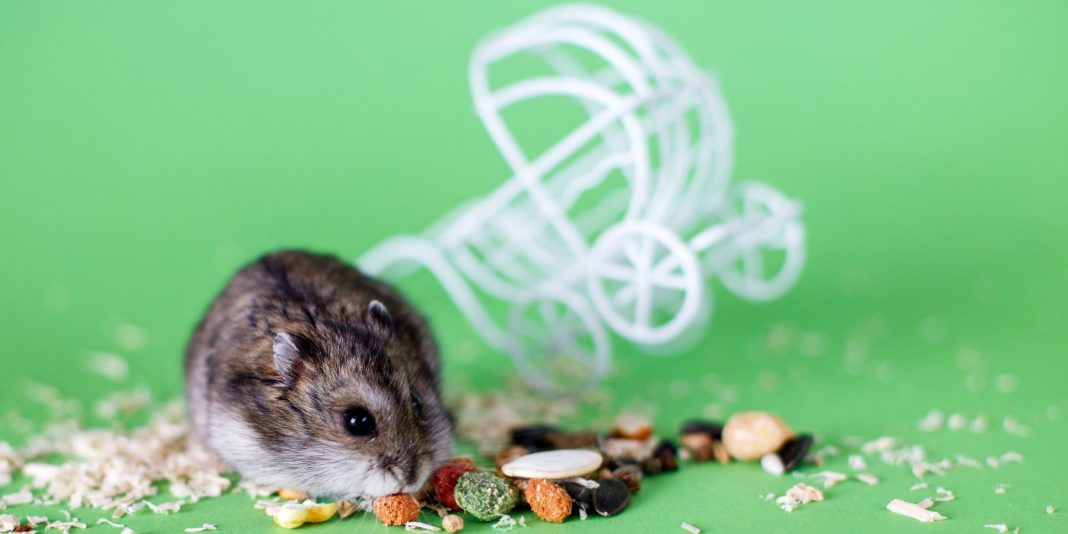Exercise is crucial for maintaining the health and happiness of hamsters. These active little creatures need regular physical activity to stay fit, prevent boredom, and exhibit natural behaviors. This guide will explore why exercise is so important for hamsters and how you can ensure they get enough, both inside and outside their hamster cage.
Understanding Hamster Activity Needs
Hamsters are naturally active and curious animals, which makes exercise an essential part of their daily routine.
The Role of Exercise in Hamster Health
Physical Health: Regular exercise helps prevent obesity in hamsters, ensuring they maintain a healthy weight. It also supports their cardiovascular health.
Mental Stimulation: Exercise keeps hamsters mentally stimulated, reducing the risk of boredom and stress-related behaviors.
Hamster’s Natural Behaviors
Nocturnal Creatures: Hamsters are most active at night, so it’s important to provide opportunities for exercise during these hours.
Instinctive Need to Explore: In the wild, hamsters travel long distances foraging for food. Exercise in captivity helps satisfy this natural urge.
Providing Exercise Opportunities
Creating an environment that encourages physical activity is key to a hamster’s well-being.
Exercise Wheel
Essential Accessory: An exercise wheel in the hamster cage allows your hamster to run and stay active. Ensure the wheel is the appropriate size and solid-surfaced to prevent injuries.
Regular Use: Most hamsters will naturally use the wheel frequently, especially at night.
Playtime Outside the Cage
Supervised Free Roam: Allowing your hamster to explore outside their cage in a hamster-safe room or enclosure provides additional exercise and stimulation.
Interactive Toys: Use hamster balls, tunnels, and mazes to encourage exploration and physical activity during playtime.
Creating a Stimulating Environment Inside the Cage
The setup of your hamster’s cage can greatly influence their level of physical activity.
Arrangement of the Cage
Varied Layout: Arrange tunnels, platforms, and climbing structures inside the hamster cage to encourage movement and exploration.
Safe and Spacious: Ensure the cage is spacious enough for exercise and free from hazards that could cause injury.
Changing the Environment Regularly
New Challenges: Regularly changing the layout and accessories in the cage keeps the environment interesting and engaging for your hamster.
Monitoring Your Hamster’s Activity Levels
Keeping an eye on how much exercise your hamster is getting can help you assess their health and well-being.
Observing Behavior
Active Times: Pay attention to how active your hamster is during their usual active hours. A decrease in activity could indicate health problems.
Interaction with Toys: Notice if they are using their wheel and playing with other toys provided.
Adjusting Exercise Opportunities
Tailoring to Needs: If your hamster seems bored or is gaining weight, introduce new forms of exercise or increase playtime outside the cage.
The Impact of Exercise on Hamster Lifespan
Regular exercise can have a significant impact on the lifespan and quality of life of your hamster.
Longevity and Quality of Life
Healthier Lifespan: A physically active hamster is likely to enjoy a healthier and potentially longer life.
Preventing Common Health Issues: Exercise helps prevent common hamster health issues such as obesity, heart disease, and diabetes.
Conclusion
Exercise is a vital component of a hamster’s care. By providing a well-equipped hamster cage, ensuring access to an exercise wheel, offering regular playtime outside the cage, and creating a stimulating environment, you can meet your hamster’s exercise needs.











